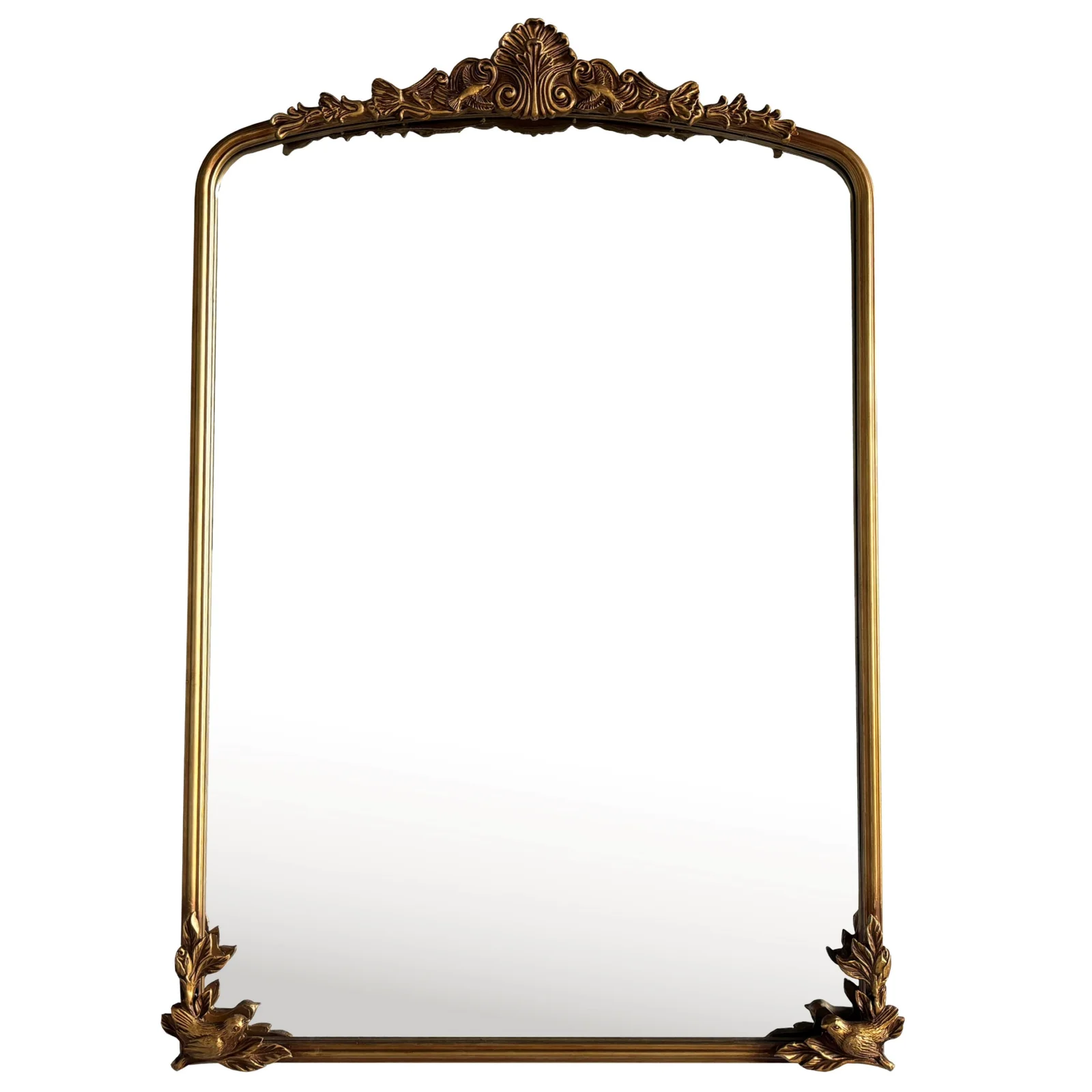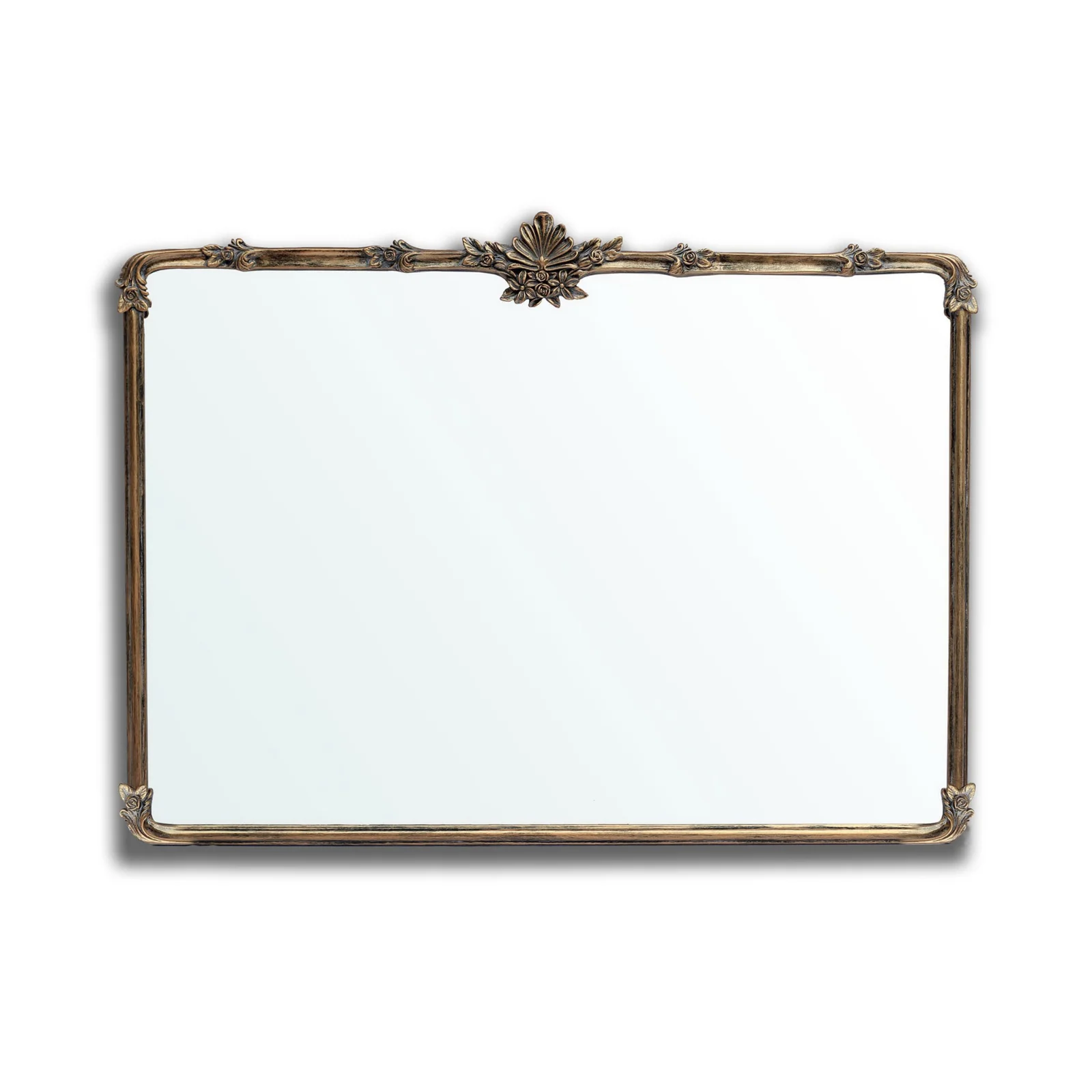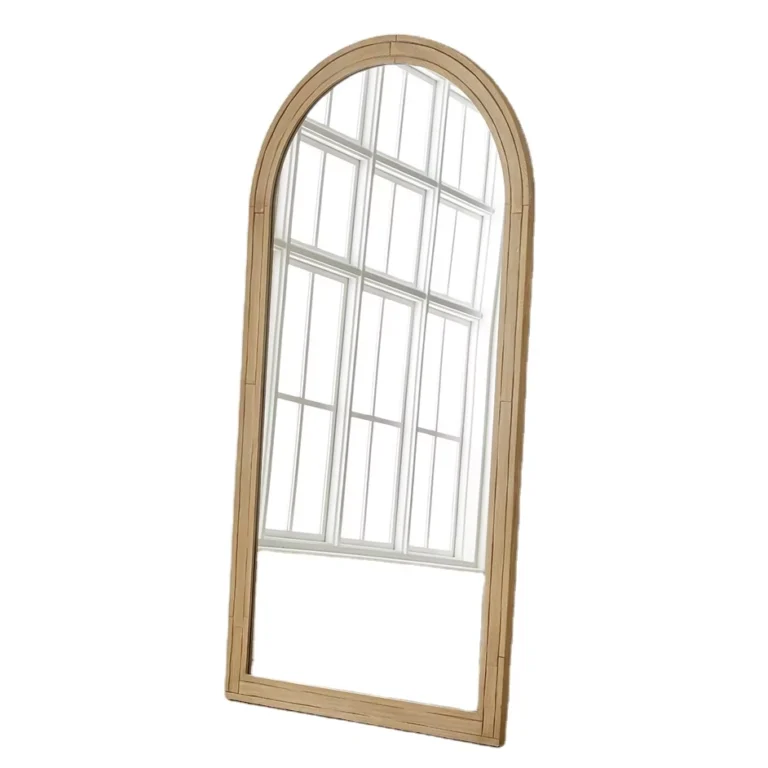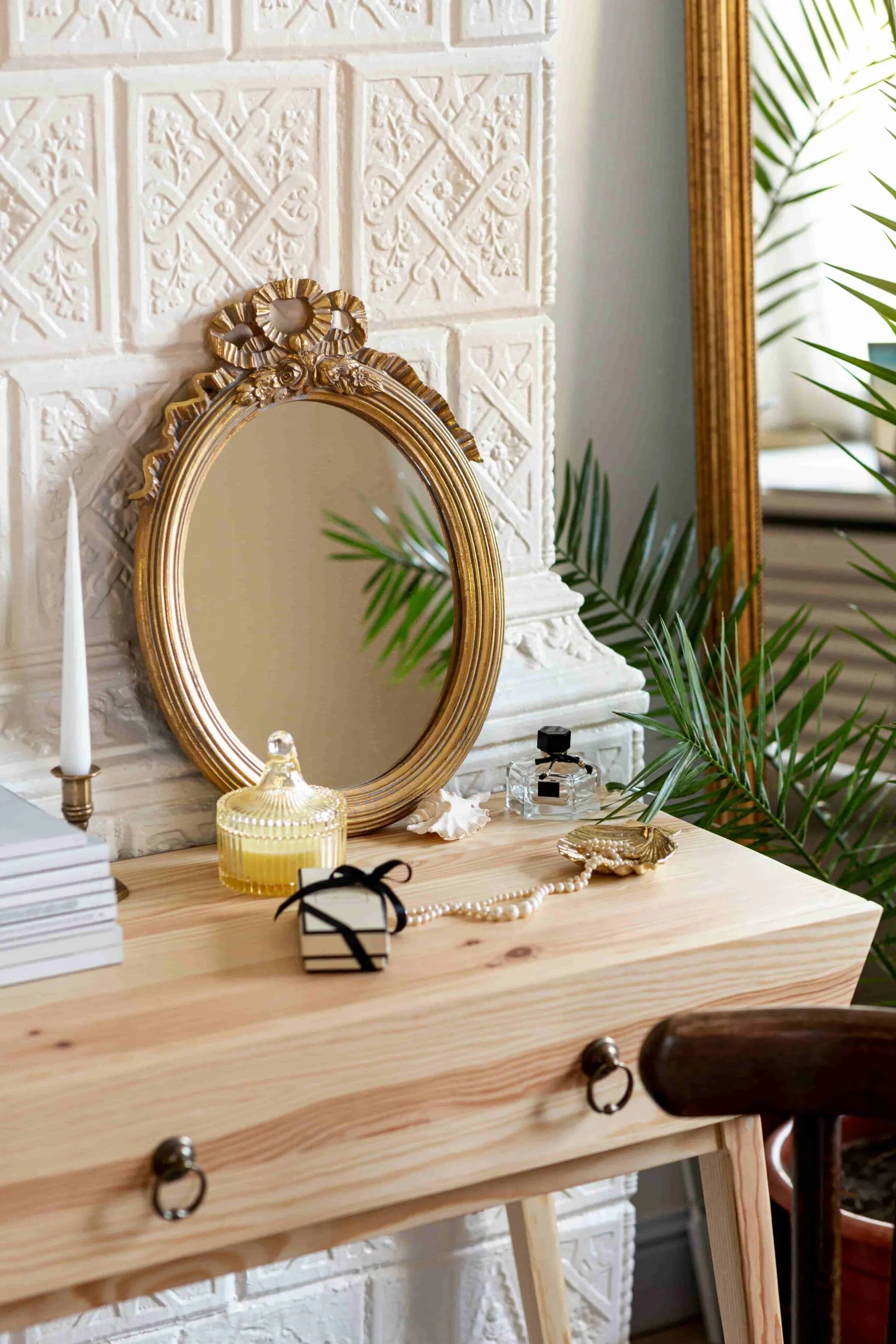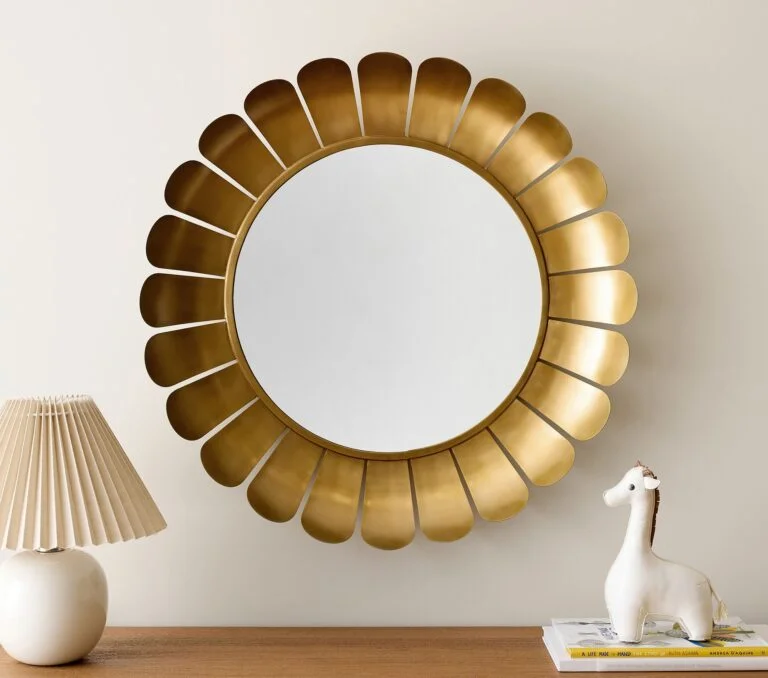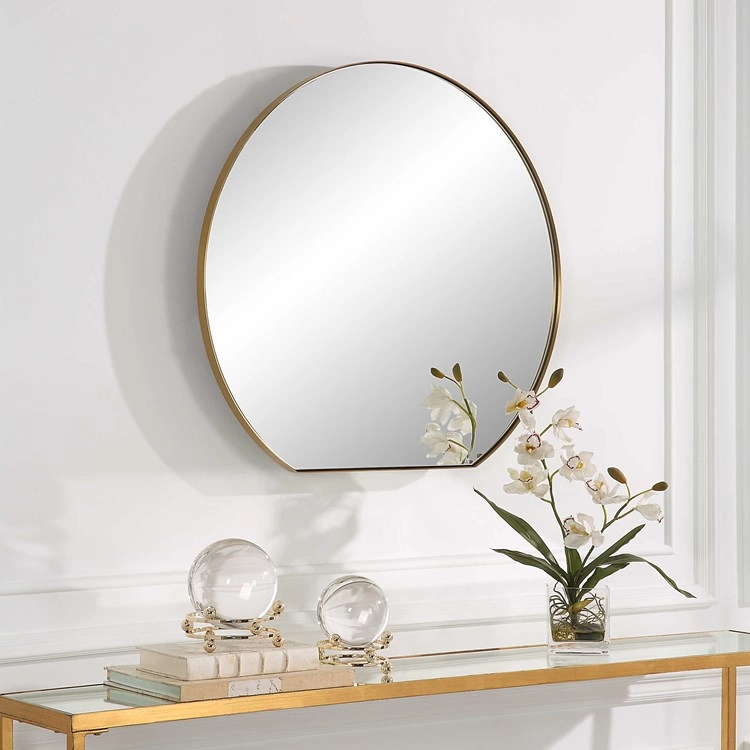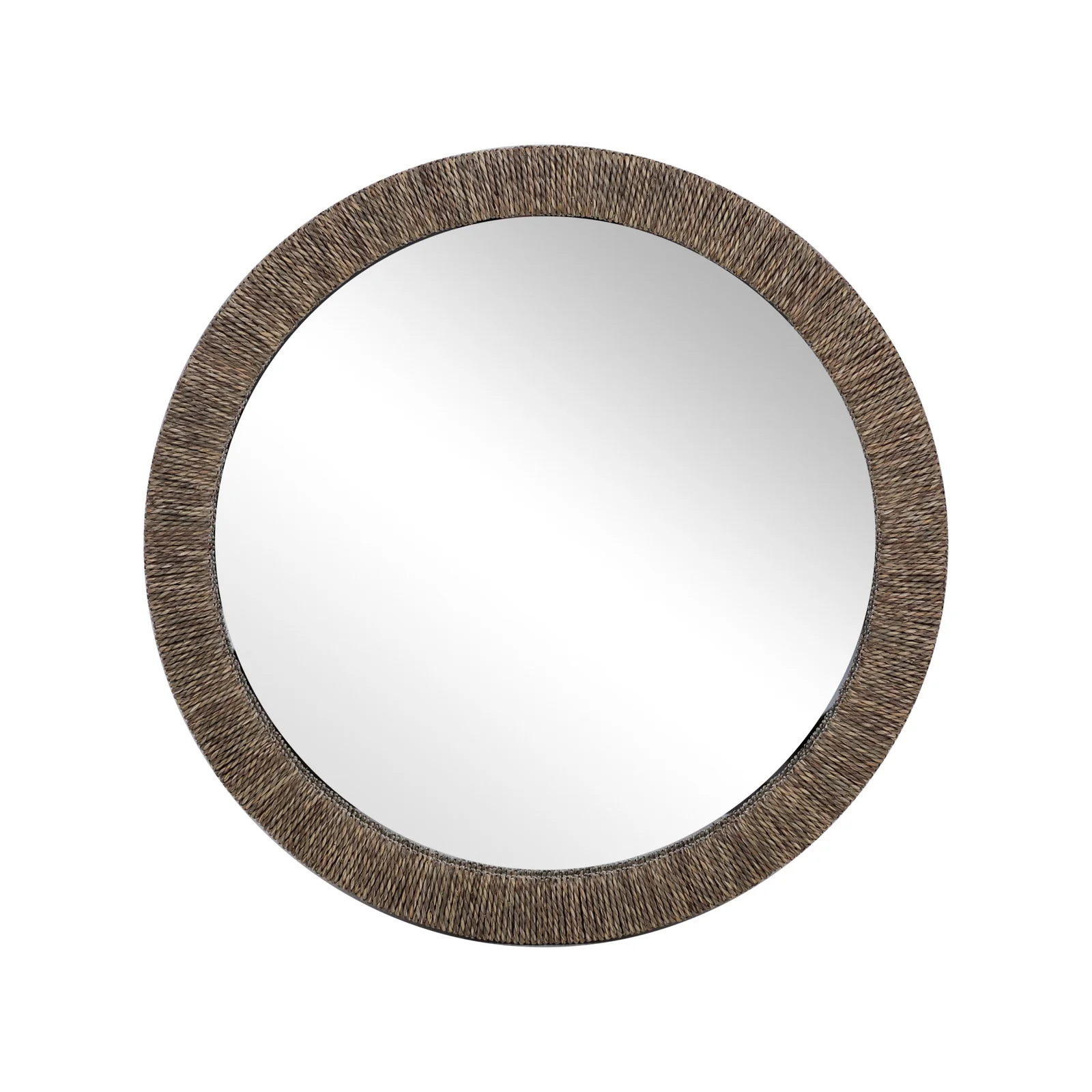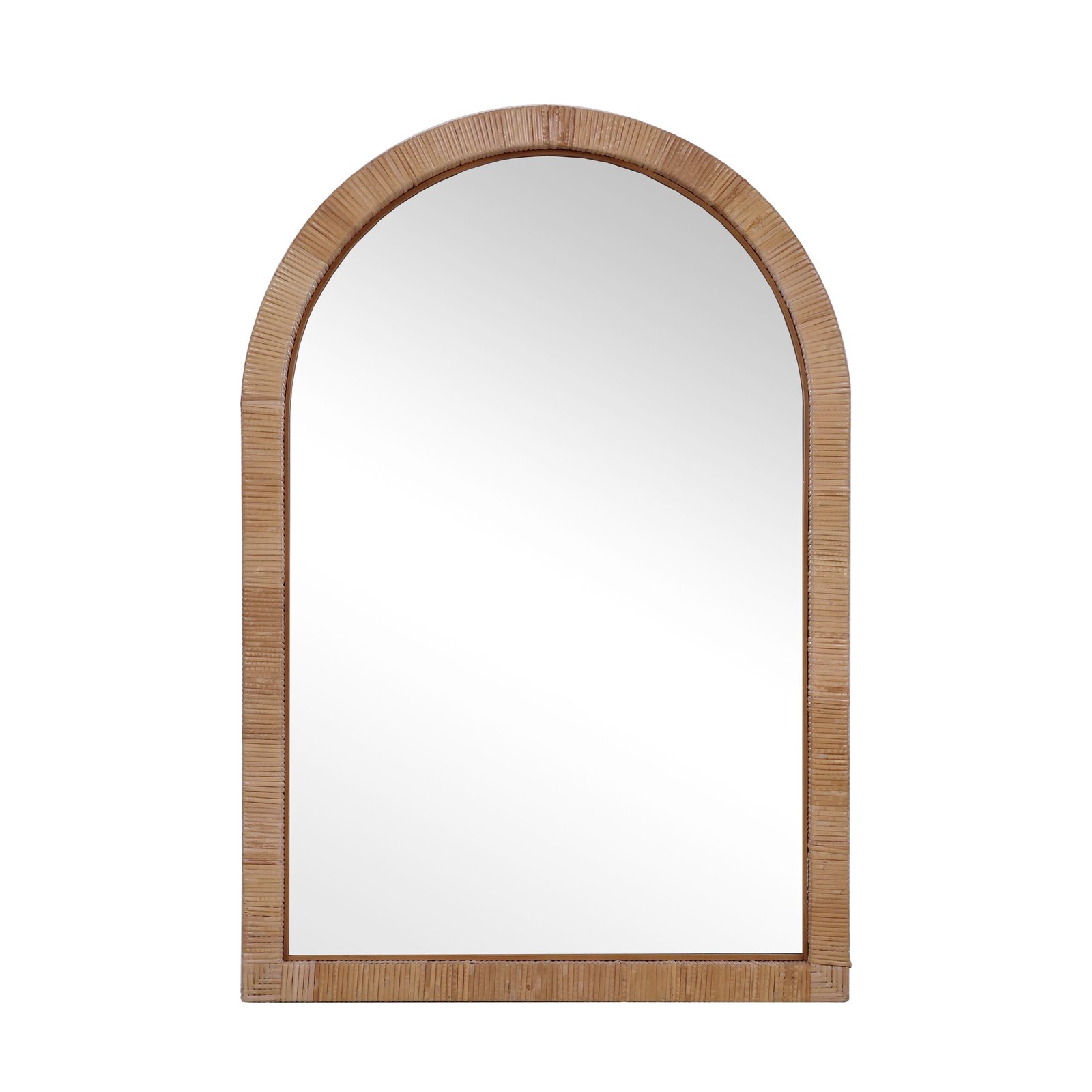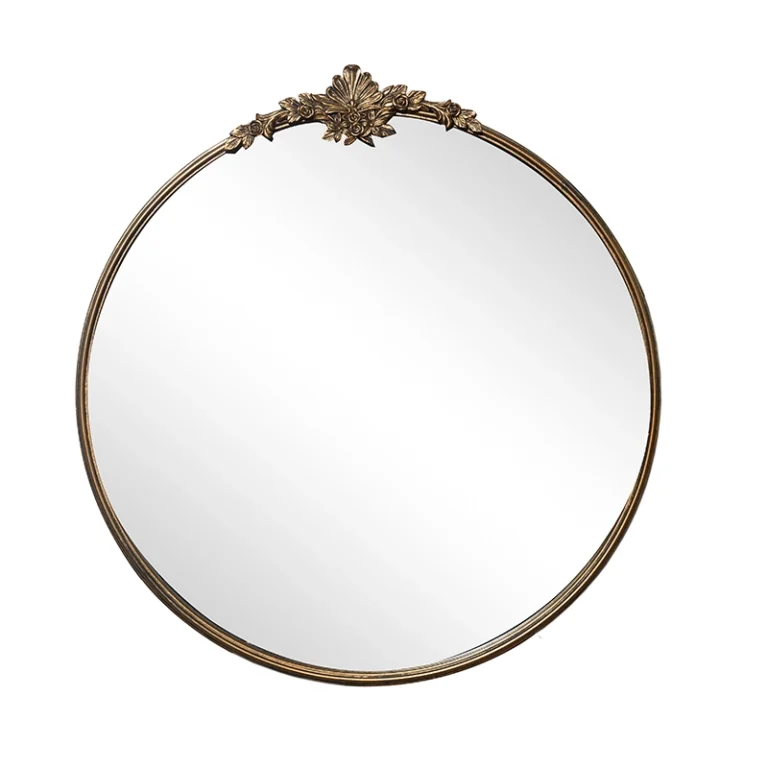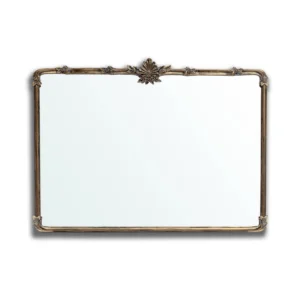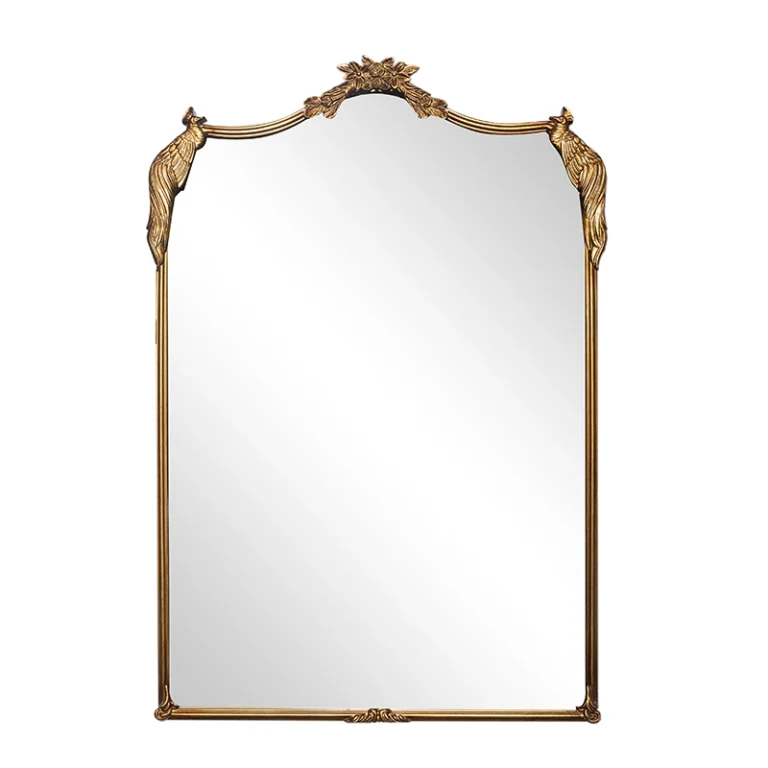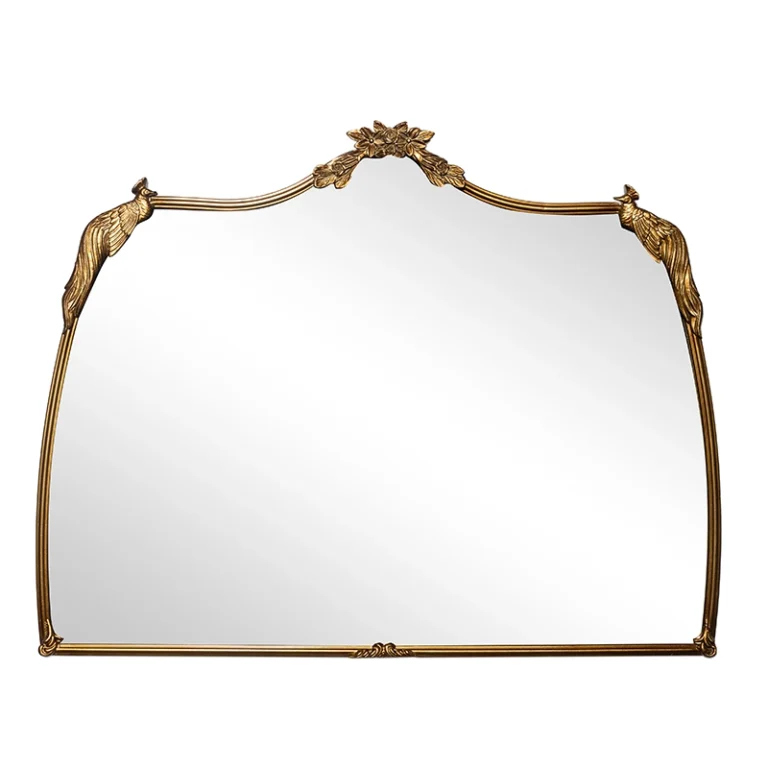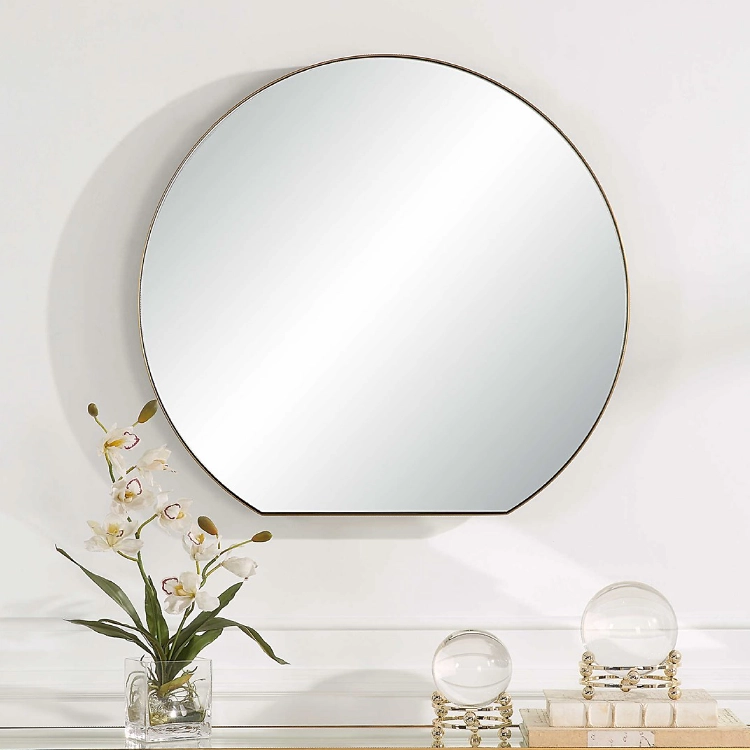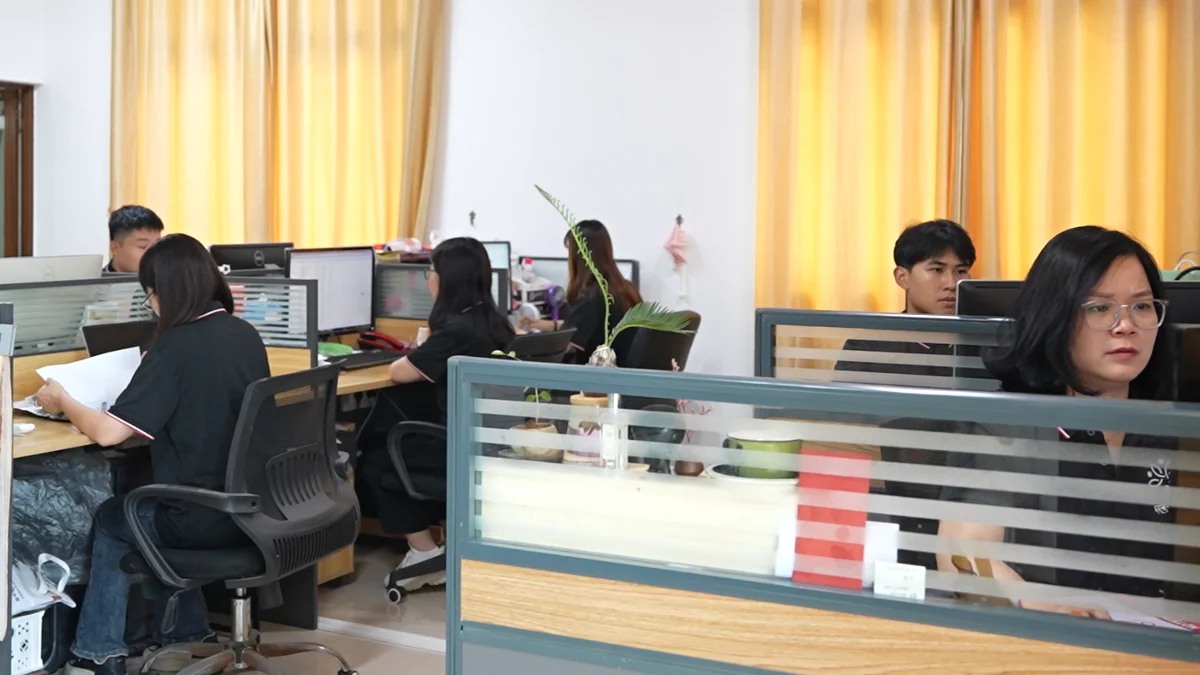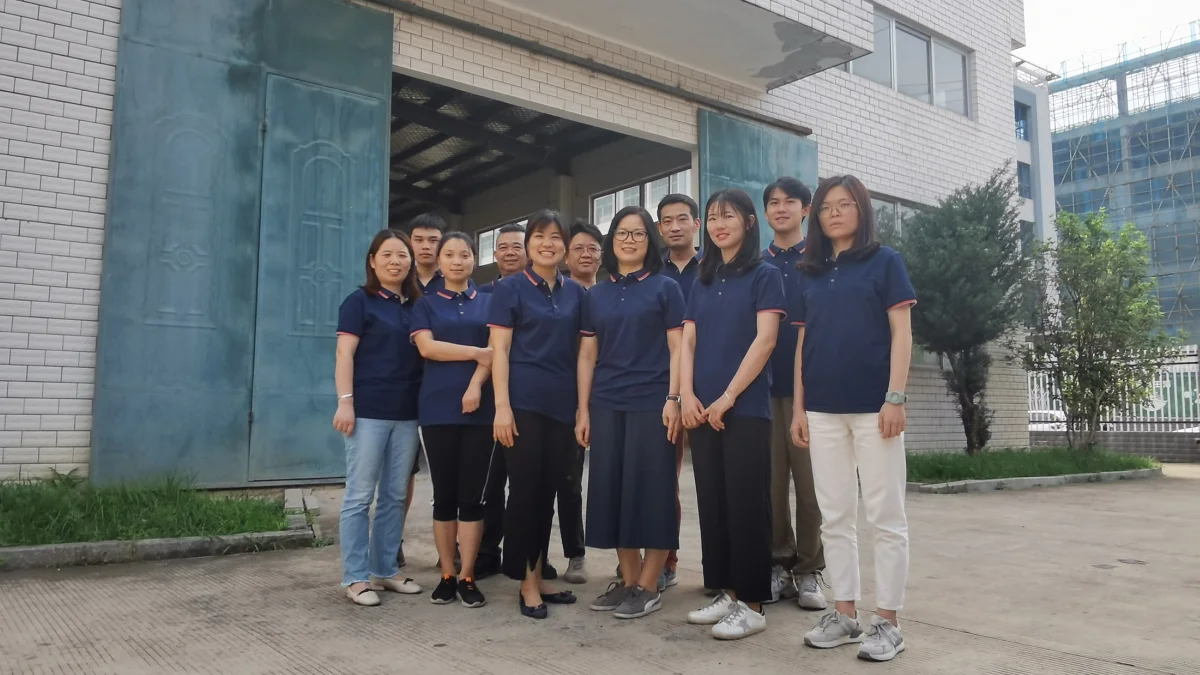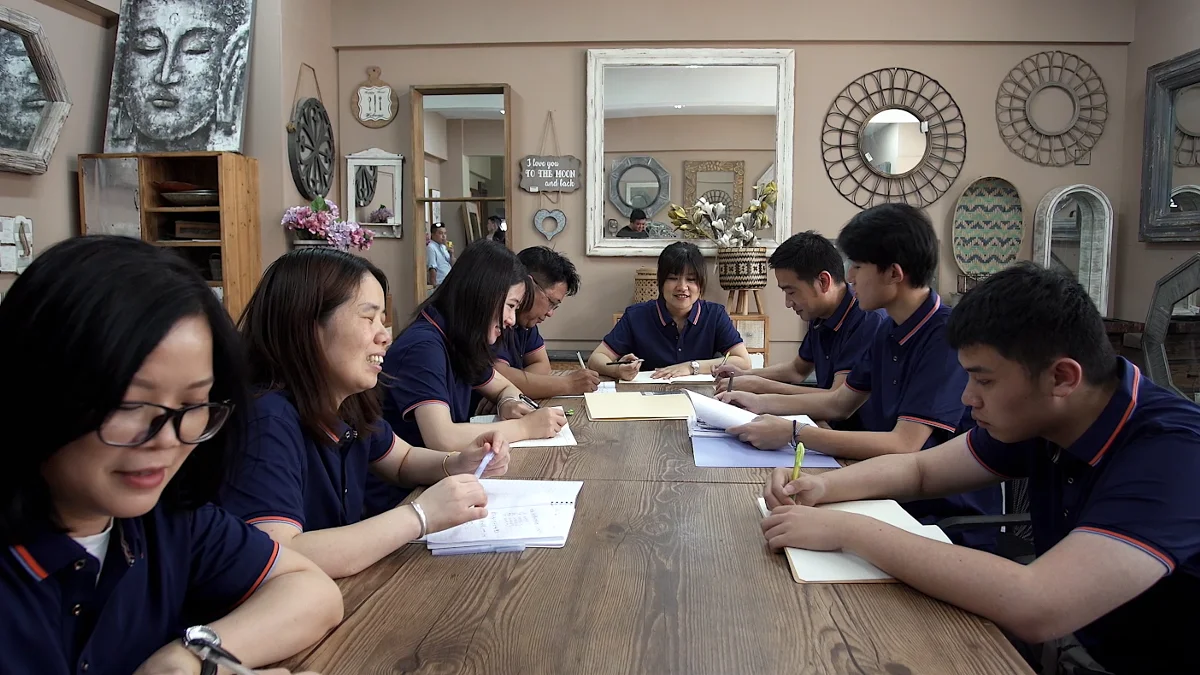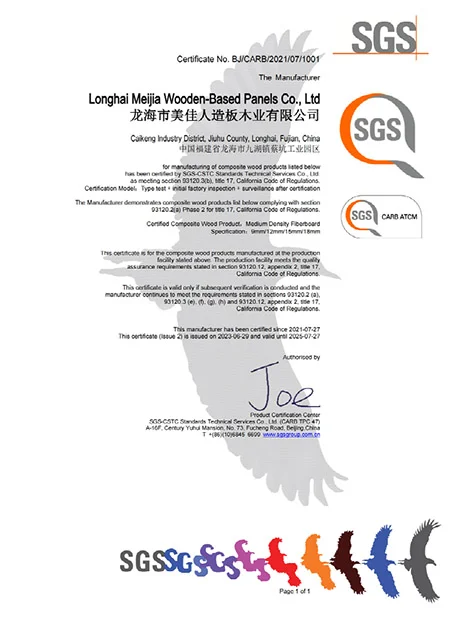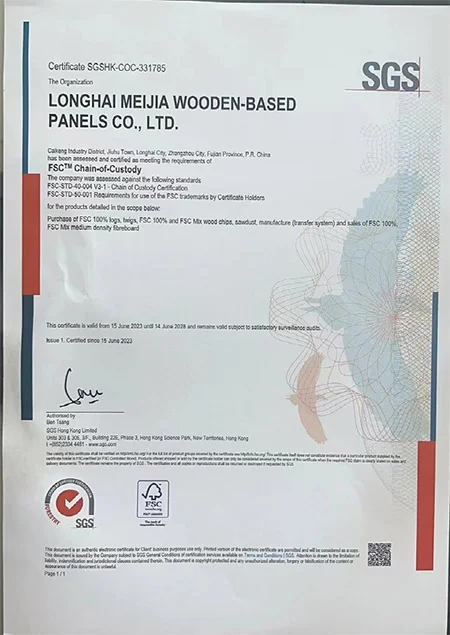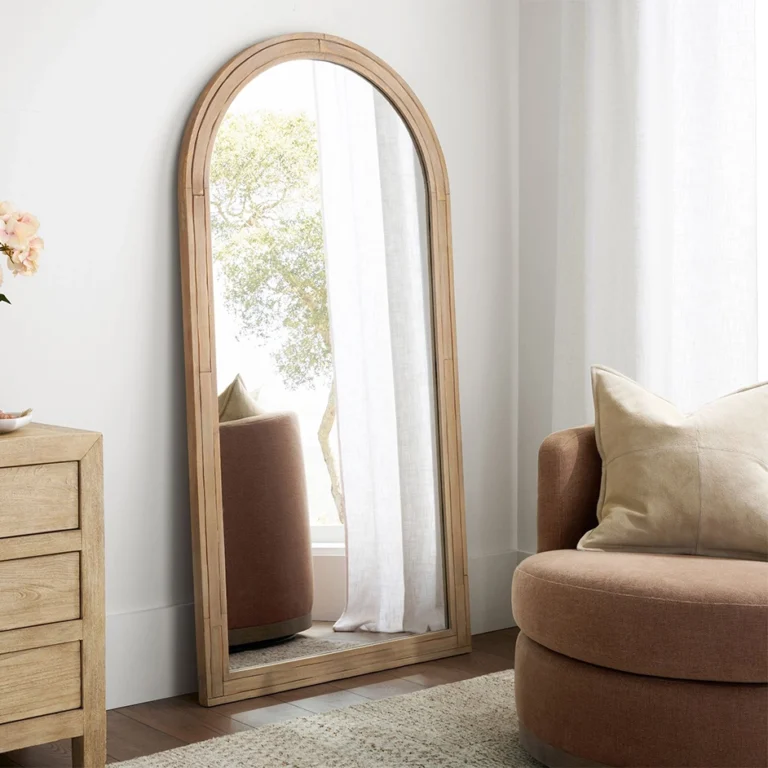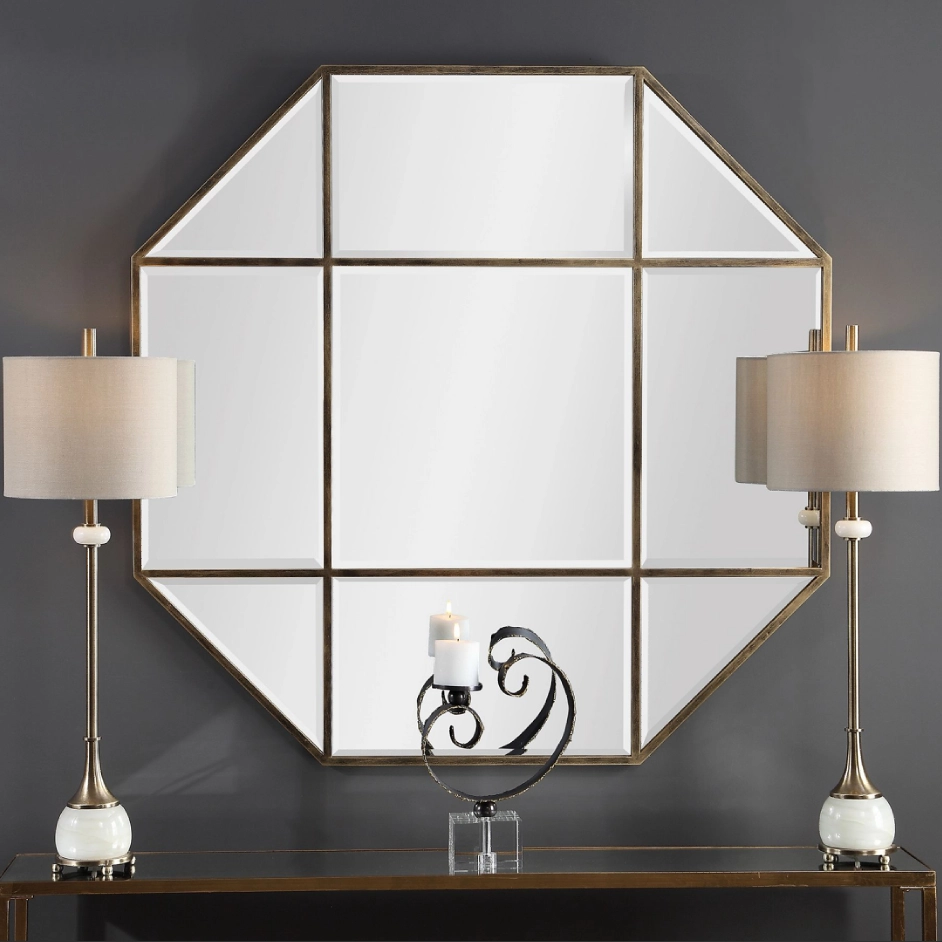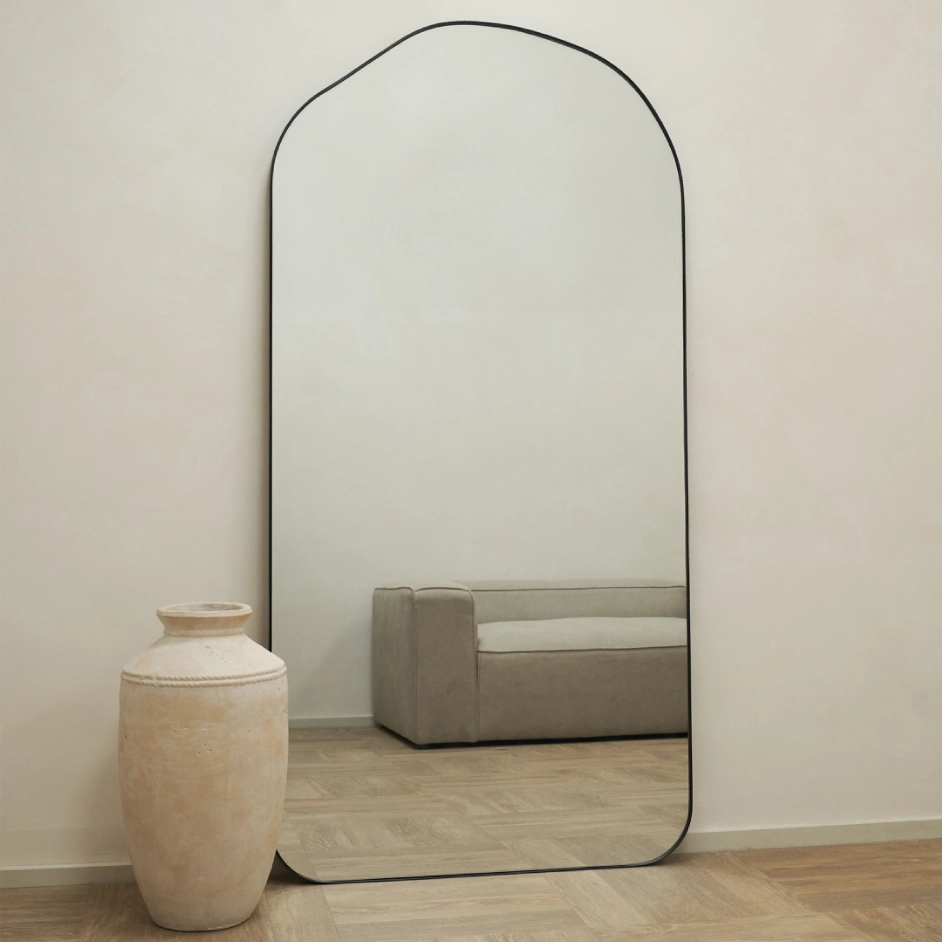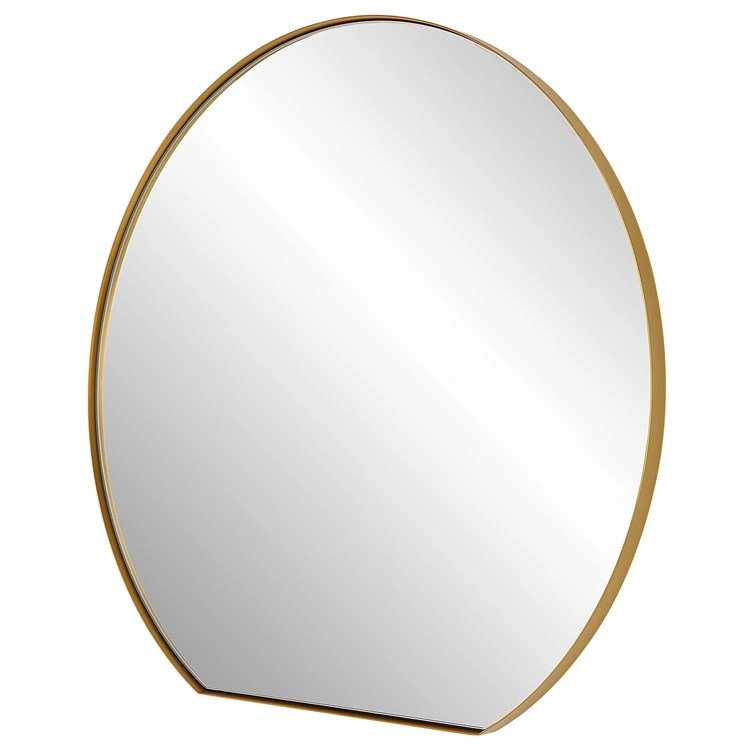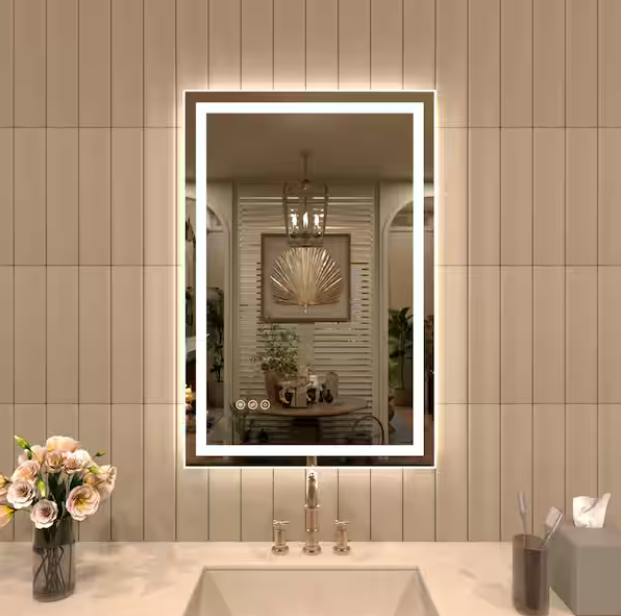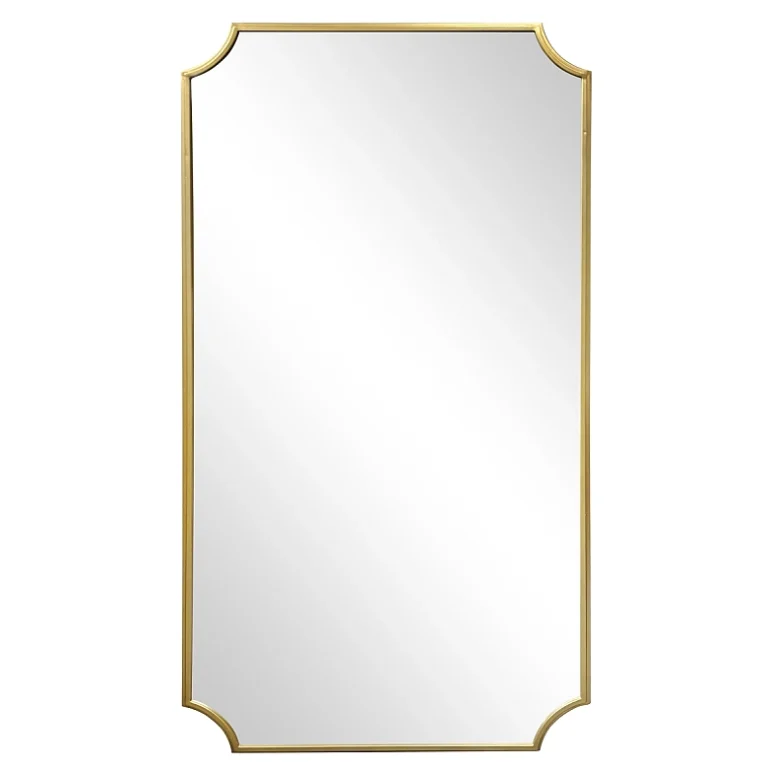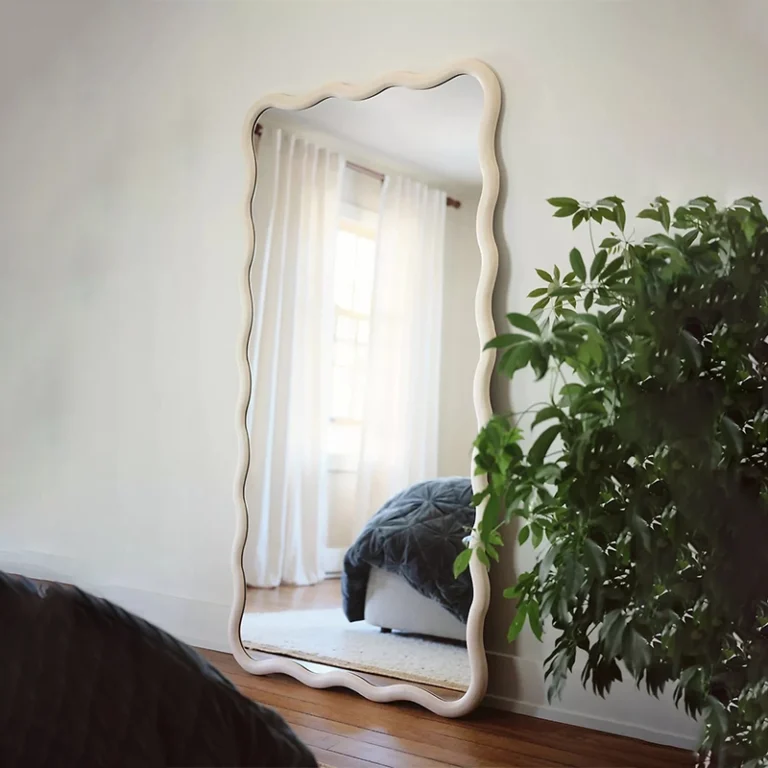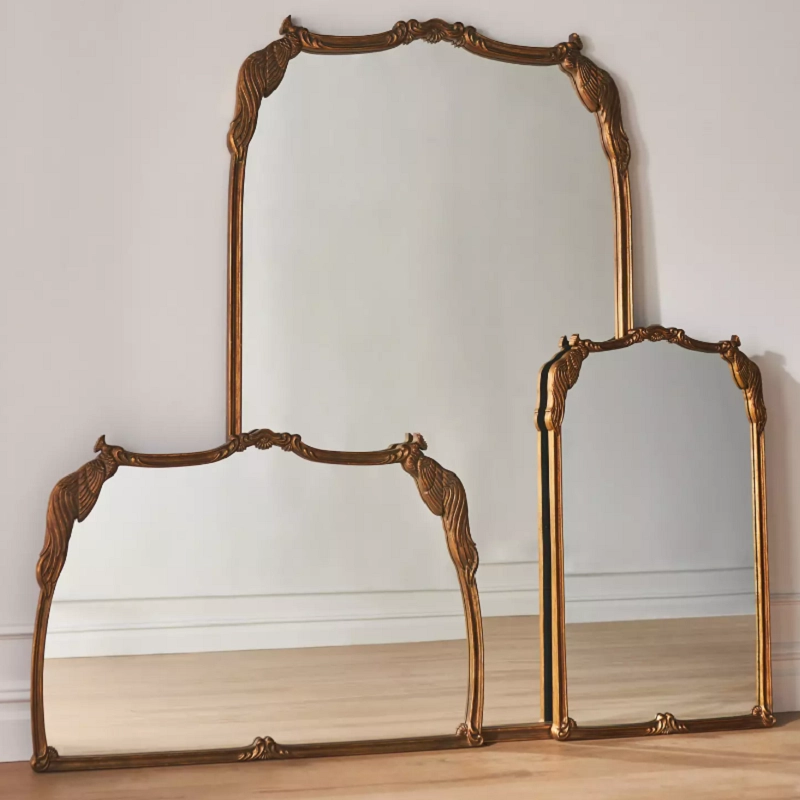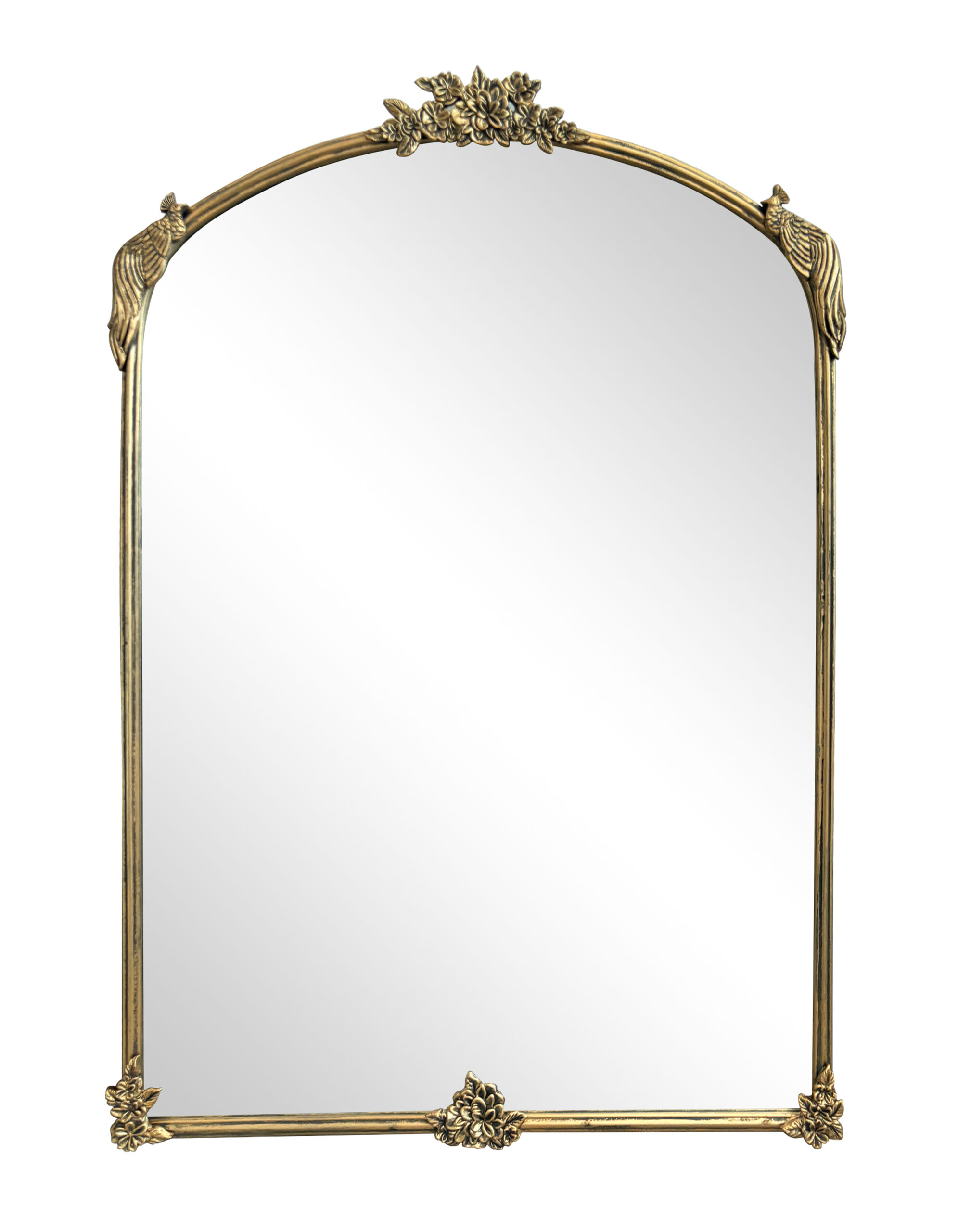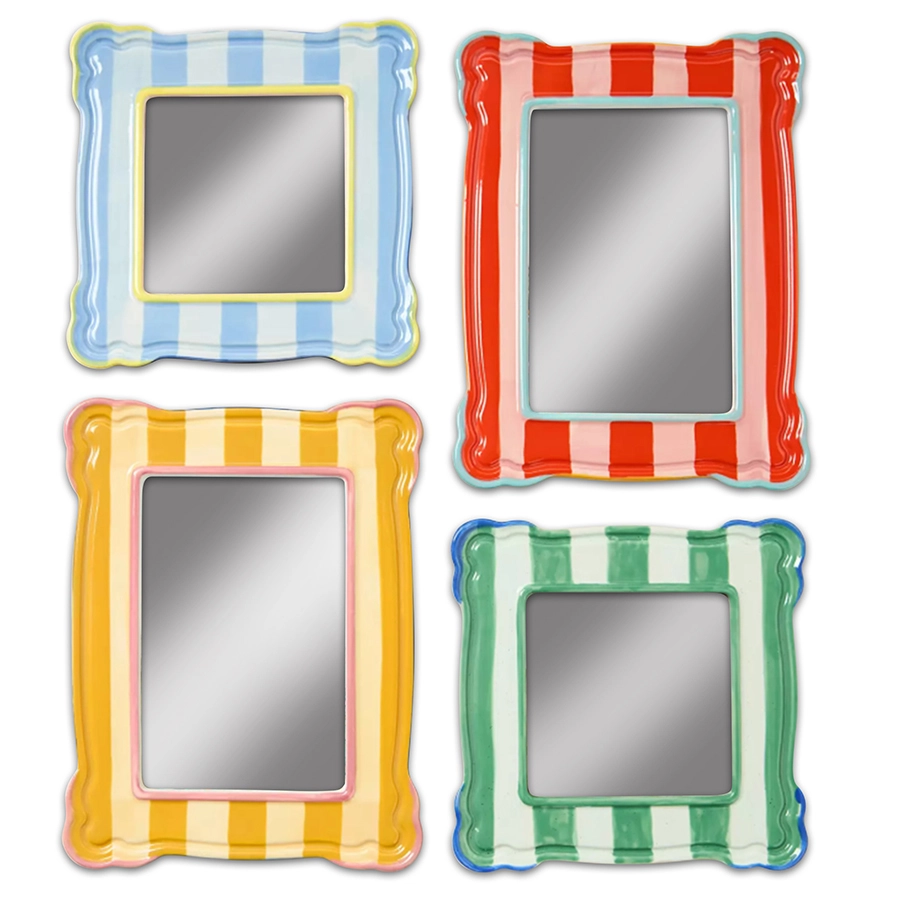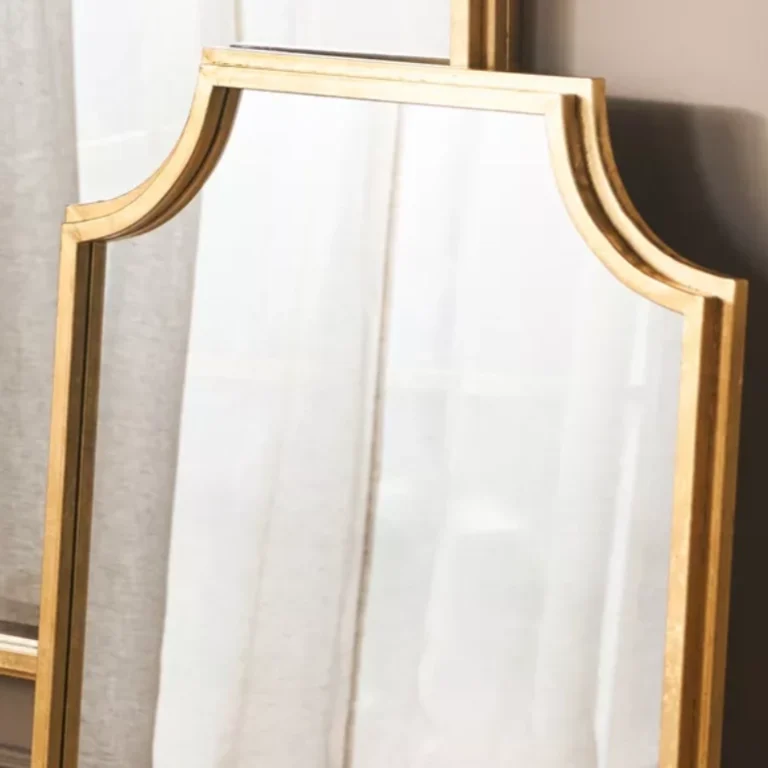arabic style mirror Jeddah
Of course. The phrase “Arabic style mirror Jeddah” beautifully combines two distinct but interconnected concepts: a traditional artistic style and a specific city that embodies it. Here’s a detailed breakdown of what that phrase evokes and how you can achieve the look.
1. The “Arabic Style” (Islamic Art & Architecture)
This refers to the rich design heritage of the Islamic world, characterized by:
-
Geometric Patterns: Intricate, repeating patterns that symbolize the infinite nature of Allah. Stars, polygons, and interlocking lines are common.
-
Calligraphy: Elegant Arabic script, often featuring Quranic verses, poetry, or proverbs. This is considered the highest form of Islamic art.
-
Arabesques: Flowing, scrolling vine and leaf motifs, often stylized and symmetrical.
-
Arches: Characteristic horseshoe arches, pointed arches, and multifoil arches.
-
Latticework (Mashrabiya): Ornate wooden screens used for privacy, shade, and ventilation.
-
Materials: Often features dark, carved wood, brass or copper inlay, mother-of-pearl, and colored glass.
2. The “Jeddah” Influence (Hijazi / Najdi Heritage)
Jeddah adds a specific regional flavor, drawn from the architecture of the Hejaz region (western Saudi Arabia) and the old coral-block houses of its historic Al-Balad district (a UNESCO World Heritage Site).
-
Rawasi (Roshan): The large, ornate wooden projecting windows enclosed with intricate latticework. They are the most iconic feature of old Jeddah. Their primary function was to allow women to observe the street below without being seen, while also catching the sea breeze.
-
Coral Stone & Plaster: Traditional buildings were made from coral blocks mined from the Red Sea, covered with a white or beige lime plaster. This gives a very specific, textured, and organic feel.
-
Vibrant Doors: Massive, often ornately carved wooden doors, sometimes painted in bold colors like blue or green, offering a striking contrast to the white walls.
-
Nautical Elements: As a historic port city, there’s a subtle influence from the Red Sea, sometimes reflected in motifs or a color palette of blues, whites, and sands.
The “Arabic Style Mirror Jeddah” – A Combined Interpretation
A mirror in this style would not be a simple, plain glass mirror. It would be a decorative art piece that incorporates these elements.
Key Design Features:
-
The Frame is the Star: The mirror itself might be a simple shape (rectangle, arch, circle), but the frame would be incredibly detailed.
-
Materials:
-
Dark Stained Wood: Especially for the main structure, carved with geometric patterns.
-
Gilt Gold Leaf: Used as an accent to highlight carvings and add opulence (a common feature in traditional Islamic art).
-
Mother-of-Pearl Inlay: A classic technique for adding shimmer and detail.
-
Colored Glass or Stained Glass: Small pieces could be incorporated into the frame, echoing the look of traditional lanterns.
-
-
Shape and Form:
-
Topped with an Arch: A pointed or horseshoe arch is highly likely.
-
Roshan Inspiration: The entire mirror could be designed to mimic the structure of a Rawasi window, with the mirror glass set within a large, lattice-style wooden frame.
-
-
Motifs:
-
Geometric carvings on the frame.
-
Calligraphy: A beautifully scripted Arabic word (like “مِرآة” mir’ah – mirror, “بيت” bayt – home, or a name) could be carved or inlaid along the top.
-
Arabesque vines and flowers carved along the sides.
-
How to Find or Create This Style:
-
Search Terms: Use these for online shopping or inspiration:
-
Islamic mirror
-
Moroccan mirror (very similar, often more colorful)
-
Mashrabiya mirror
-
Orientalist mirror
-
Arabic calligraphy mirror
-
Jeddah roshan mirror
-
-
Where to Buy:
-
In Saudi Arabia/Jeddah: The best place would be the antique and craft shops in Al-Balad. You can find authentic pieces and modern interpretations.
-
Online: Etsy, eBay, and specialty stores like “Souk Okaz” or “Niswa” often carry these items.
-
Custom Order: Find a local carpenter or artist skilled in woodworking and traditional designs. You can provide them with pictures of Jeddah’s Rawasi for inspiration.
-
-
DIY Idea: You can buy a plain arched mirror and attach pre-made Mashrabiya panels or laser-cut wooden geometric panels to the front to create the Jeddah effect.
In essence, an “Arabic style mirror Jeddah” is a piece of functional art that captures the soul of historic Hejazi architecture, turning a simple household object into a window into the region’s profound cultural and artistic heritage.
Generally speaking, our order requirements are as follows: the minimum order quantity (MOQ) for large items is 50 pieces, for regular items it is 100 pieces, for small items it is 500 pieces, and for very small items (such as ceramic decorations) the MOQ is 1,000 pieces. Orders exceeding $100,000 will receive a 5% discount. The delivery timeline is determined based on the specific order quantity and production schedule. Typically, we are able to complete delivery within two months.


